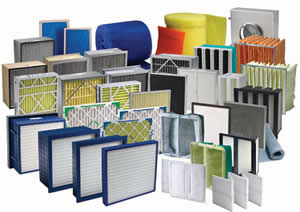
Figure 1 - Furnace and air conditioner air filters
When replacing your heating and air conditioning air filters you have an array of available products that all perform to different levels. It is important that you understand the differences in the filtering quality of the air filters that are available in today’s market.
Most residential areas are supplied with some sort of indication of the daily air quality outside of their homes. Yet, according to the EPA, the quality level of the air inside our homes can be as much as 5 times worse than the air outside our homes. Indoor air is continuously circulated throughout our homes and if windows are closed and the doors to the home are not opened often little fresh air enters. The air that is circulated throughout our homes is only filtered using the heating or air conditioning filter.
Note: Some homeowners operating independent air filtration or air purification systems within their homes and using these types of appliances help to maintain good air quality, providing they are properly maintained.
Types & Efficiencies of Air Filters:
Air filters are rated under a system called MERV which stands for Minimum Efficiency Reporting Value. MERV was created by the American Society of Heating, Refrigerating and Air-Conditioning Engineers so that consumers would have a standard by which they could compare the air filtering qualities of different air filters. The MERV scale range is from 1 through 16.
A low MERV number indicates that the air filter will only trap large air born particles, while a high MERV number indicates that very small air born particles, down to microscopic levels will be trapped.
Note: A higher number MERV air filter does not necessarily last longer or need less frequent replacement. In fact many high quality air filters need replacing more often than low quality air filters. This is because the higher quality filters catch more dust and dirt and hence clog up faster. Most air filters should be replaced every 90 days without regard to the quality.
Although there are hundreds of furnace and air conditioning air filters available from a host of different manufacturers, they can be categorized into four basic types.
Selection of:
Replacement Air Conditioner Filters.
- Wool Air Filters:
Filters with the lowest MERV rating are generally made of polyester wool, fiberglass wool, as shown in Figure 2 or spun glass. These are the most common filters used in heating and air conditioning systems. They do little to improve the air quality within your home and are primarily in place to protect the heating and air conditioning system from infiltration by large particles which can destroy bearings.
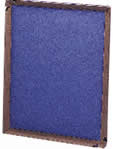
Figure 2 - Fiberglass air filter
- Pleated Air Filters:
Pleated air filters, as shown in Figure 3, use a porous paper to trap air born particles. The porous paper is much more efficient at trapping particles than the wool filters. In some cases by as much as 5 to 10 times.
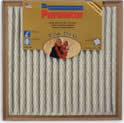
Figure 3 - Pleated air filter
- Pleated Electrostatic Air Filters:
The pleated electrostatic air filters, as shown in Figure 4, are the best performing filters with respect to removing air born particles. Some quote particle removal rates above 90% and MERV ratings of 12 or more.
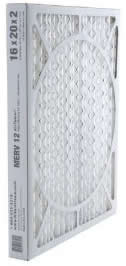
Figure 4 - Pleated electrostatic air filter
- Washable Air Filters
Washable air filters, as shown in Figure 5, are available in wool style and electrostatic style. Although they are washable they usually do not have the same level of MERV rating as a throwaway filter of the same style. In general they do not last forever and will need replacement every couple of years if washed every 90 days.
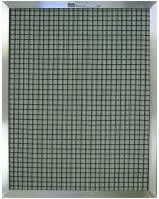
Figure 5 - Washable air filters
Note: The American Lung Association recommends that home heating and cooling systems be equipped with MERV filters with a minimum rating of 10. While the EPA suggests that a MERV rating of 8 or higher is sufficient.
Note: If anyone in your home suffers from any type of respiratory problems such as asthma you should consider using air filters with a rating of at least 10.
Of course economics plays a part in all of our purchases. The lower the MERV rating of the air filter, the less expensive the filter. High MERV rated air filters can be expensive, especially if they are replaced monthly. You must decide what you can afford and how important clean air is for you and your family.
